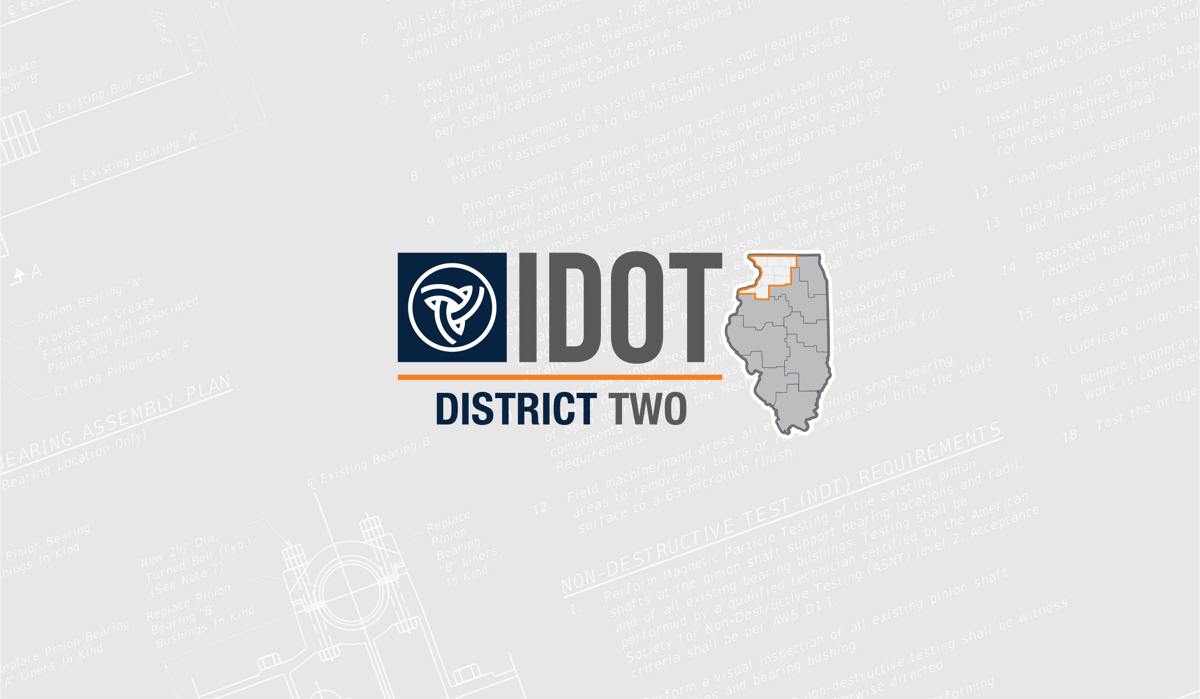- Details
- Written by: Sarah Grabowski
- Category: Bi-State Regional Commission
- Hits: 1455
Bi-State currently has a Request for Proposals for information technology (IT) services with BSRC to establish another five year contract with an IT firm. It includes BSRC-owned equipment to be provided with full timely IT support ensuring virtually no down time, ability for near immediate onsite assistance if needed, and the provision of alternative equipment options if significant hardware downtime is anticipated. The RFP also includes management of new equipment procurement and operating software support. Servicing costs should be presented in predictable monthly fees and reliable annual total costs for budgeting. Contact
Questions regarding the RPF should be submitted no later than NOON, Friday, October 17.
Please click on the file below for a list of vendor questions and answers regarding the RFP.
pdf IT RFP Questions Answers(75 KB)
- Details
- Written by: Sarah Grabowski
- Category: Bi-State Regional Commission
- Hits: 1089
On or about June 17, 2025 the City of Muscatine will submit a request to the U.S. Department of Housing and Urban Development (HUD) for the release of Healthy Homes and Lead Hazard Reduction funds under the Consolidated Appropriations Act, as amended, to undertake the following multi-year program: Muscatine Healthy Homes and Lead Hazard Control, for the purpose of addressing lead hazards, radon, carbon monoxide, and electrical hazards in homes with Census Tract 508. The City of Muscatine is requesting the release of $2,956,932.31.
- Details
- Written by: Sarah Grabowski
- Category: Bi-State Regional Commission
- Hits: 1446
Public comment on the Andalusia Road-Indian Bluff Road Corridor Study will be received until May 7, 2025. Materials from the April 9 public meeting on Alternatives and Strategies can be downloaded here. Submit your written comments to
- Details
- Written by: Sarah Grabowski
- Category: Bi-State Regional Commission
- Hits: 1428

The Illinois Department of Transportation, in partnership with the Iowa Department of Transportation, will host a public meeting for the U.S. 67 (Centennial Bridge) Corridor project on Thursday, April 17. The event will be from 2 to 6 p.m. at the Holiday Inn Rock Island-Quad Cities, 226 17th St., Rock Island.
- Details
- Written by: Sarah Grabowski
- Category: Bi-State Regional Commission
- Hits: 2103
pdf 2055 LRTP Public Survey Media Release January 2025(139 KB)
Andalusia Road Corridor Study Survey
Unpublished- Details
- Written by: Sarah Grabowski
- Category: Bi-State Regional Commission
- Hits: 4981
Bi-State Regional Commission along with Rock Island, Milan, Moline and Rock Island County are conducting a study of Andalusia Road/Indian Bluff Road from Turkey Hollow Road to US 150 and are seeking input from the public and stakeholders.
The purpose of this survey is to identify needs and opportunities along the corridor. https://www.surveymonkey.com/r/AndalusiaRoadCorridorStudy
pdf Andalusia Road Corridor Study Survey Questions(333 KB)

- Details
- Written by: interGen support
- Category: Bi-State Regional Commission
- Hits: 8490
Can’t find what you’re looking for? Check out
our list of GIS and data resources!
